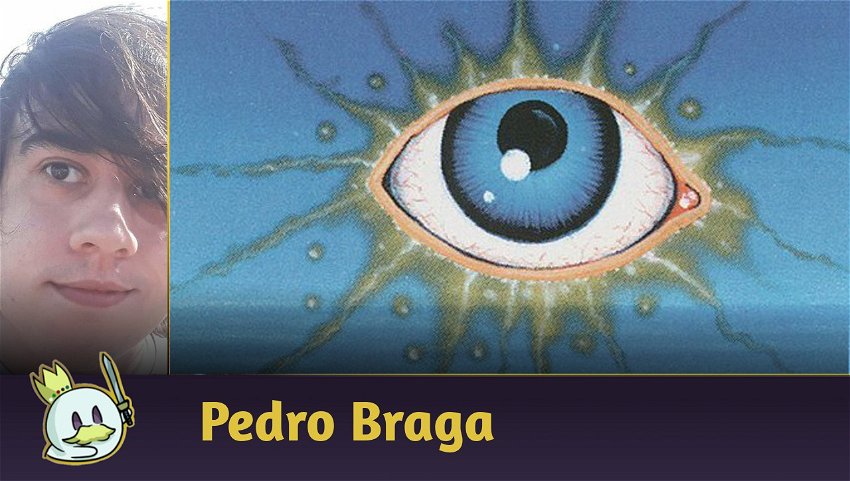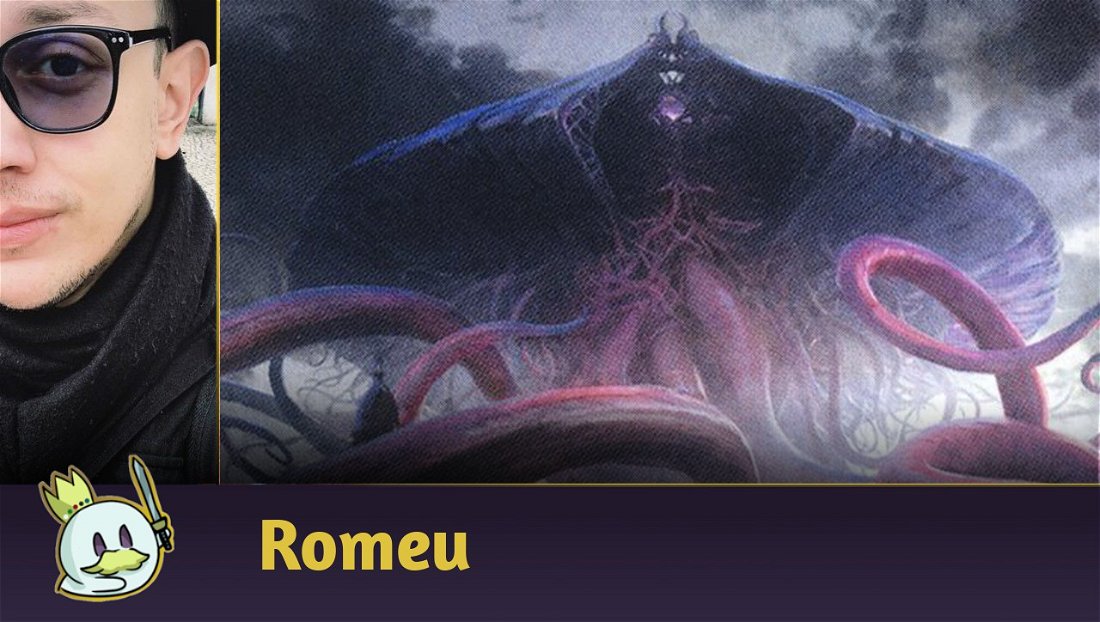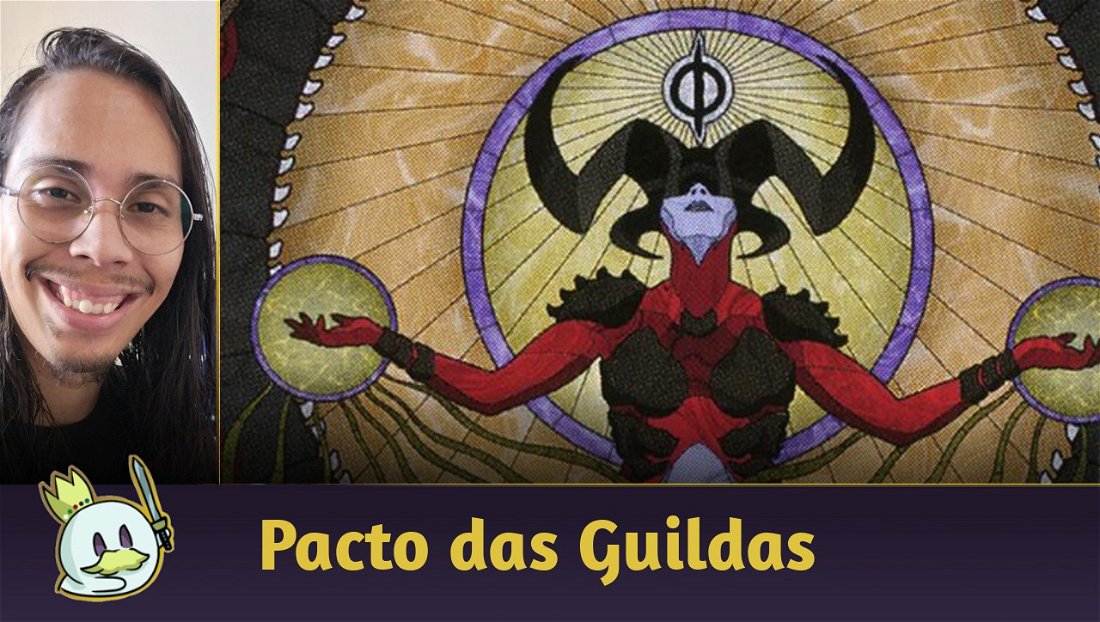Magic's Worst Blue Cards
When we start playing Magic, we often hear the Blue is the strongest and most annoying color to play against. The simple fact it has a significant number of counterspells is enough for many beginner players to label it as the color which is the enemy of fun, which only annoying people play, and start shouting to the winds that Islands should be banned just because they should.
This couldn't be further from the truth. Blue is, indeed, a color with plenty of control and game locking powers, and it is okay to get frustrated at the feeling of having one of your favorite spells countered, but still, Blue is far from being the one responsible for all human civilization problems and has definitely also gone through its bad days.
Ad
Bad days or not, there are still those special cards, notoriously bad, whose designs might be considered errors of gigantic proportions. Cards that would make any person rethink Blue's stalling powers.
This article about Magic's Worst Blue Cards is destined to all those who hate this color with all their being and also to those who think it is the strongest color because it has counterspells, not even looking at its other qualities. We'll see some of the worst cards that were ever released to this color, and see that it has had its bad days too.
Pale Moon

This card was made as a sort of "catch", but early on it had certain flaws. And to make matters worse, its performance fell down as the years changed and the rules of the game changed. When you cast Pale Moon, your main goal is to create a situation in which your opponent can't create mana in a satisfactory way, once players' non-basic lands start to create colorless mana instead of colorful mana.
In a certain way, it seems like a great mechanic. You cast it in your opponent's upkeep, and for the rest of the turn, they'll have to get colored mana from the basic lands, which are rare in formats such as Modern and Legacy. But, as it gets clear when you know the rules, it is very easy to walk around that, and sometimes even combo the spell as your answer, once we can create all our lands' necessary resources instantly, as they are sources of mana.
Step by step, a big step forward we have nowadays is the end of mana burn. That means, we have can store a lot of mana in our reserves without the downside of losing damage equal to the resources in between steps. This makes it even easier to generate all our mana in answer and do what we can with what we have then, once we won't take a lot of damage in return. In formats such as Commander, in which we have access to more mana rocks and basic lands, this card becomes even more pedantic and unnecessary.
The card still has its uses and can create a reasonable advantage in case your opponent doesn't have anything to play in answer to this card. Pale Moon isn't the worst card ever released, contrary to what some articles say, but it is also not that useful to anything other than be a cute bookmark for your favorite book. The conditions required to play this card effectively are just overwhelmed by its problems, making it weak.
Zephyr Spirit

Now that we've talked about a card that was trying to do something different for Blue, we'll talk about a card that wasn't trying to do anything and still failed. Zephyr Spirit is a blue creature with the effect of coming back into your hand every time it blocks another creature. And to make it even worse, this wind spirit doesn't fly. Which is the least it could do.
It's not that bad of an effect, once it will always preserve your creature before the damage counting step, but it starts to get worse with the card's other stats. As we have noticed, attacking doesn't return the card to your hand, but it's also to no use, once the creature only has zero power. Casting it turn after turn could be viable, if it didn't cost six mana, and many times it means you'll spend all your resources in that round to pay for this waste of paper. Even its great resistance is useless, once it is returned before the damage hits, and it is a card so much worse than the standards that it doesn't justify removals.
Ad
"But in a build with cards that hit with their resistance, this one is very good." Really, it would be good, if we didn't have Hover Barrier, which not only costs half the mana the creature being discussed here costs, but it also flies!
Zephyr Spirit can, indeed, bother your opponent, making their attacks worse and slowing down their game plans. But there is someone who is the one who truly leaves the game annoyed with this card: the player who uses it, who'll have to sleep with the regret of having put this in their build. But we still have another creature just as bad...
Saprazzan Raider

I'll be brief here because this Triton suffers from the opposite problem of the previous spirit.
Saprazzan Raider goes back to your hand every time it is blocked. At first sight, just like Zephyr Spirit, it doesn't seem such a bad idea, once it protects your creature from being destroyed in combat. The problem, again, is in its stats.
Three mana for a 1/2 that doesn't stay in play consistently, always goes back to the hand and costs the same three mana to be played. Even if your opponent doesn't block it, it's just one damage, and spending spells to make it grow when it isn't blocked is a strategy that only works with Infect precisely because the other creatures in the deck don't have any of those problems.
If we were talking about a creature with a nice power and resistance, a 5/5 for instance, and with this downside to compensate its low cost, this card could be a much more interesting game piece.
Prism Array

Here we're talking about the Converge mechanic, which brings a bonus card for playing it using the highest number of different colors possible. In Prism Array's case, we're talking of an extra amount of "crystal counters", the main resource this card uses, which can go up to five counters when all the game's different colors are used when you cast it.
Apparently, crystal counters are very powerful, once we have to move the world and beyond to get more of these relics. Let's see what they do: "Remove a crystal counter from Prysm Array: Tap target creature".
Yes, class, you read that right. You use one of these super rare counters, which you can't get more through the card alone, to tap an opponent's unit. Not tap forever, in a way it doesn't untap in their controller's upkeep, you just tap them normally. Even the drawing of the card suggest a permanent solution, with an Eldrazi stuck in a crystal rock.
But hold on, after you used your hard-earned crystal counters, the card doesn't become a waste of space on your board. By paying amazing five mana, one of each color, and tapping this enchantment, you can use the powerful ability of Scry 3. That means, with the mana we could play a Niv-Mizzet Reborn, for instance, we can, instead, use Scry 3.
Cephalid Snitch

Get your creatures with "Protection against Black" out of the room, Cephalid Snitch is ready to end their whole career. With only a little less than 50 cards in all Magic history that can be targeted by this octopus, its ability is extremely weak, even more so as it depends on sacrificing it to be activated.
Ad
Even it a very good creature comes up, for this specific type of protection, we have in the Black color much broader destruction effects, such as Languish or Liliana of the Veil, which are capable of dealing with cards that are "protected against black" in a much more efficient way than by playing a little blue guy and destroying it, which also clutters your deck. But if you really want to Fatal Push your friend's Cemetery Gate, go ahead, I won't judge you.
Merchant Ship

To end our adventure in Blue, we'll discuss Merchant Ship. We have here a creature with zero power and which is encouraged to attack, as once it manages to do that without getting blocked, we get two full lifepoints to do whatever we want. It's easy to imagine Magic players around the world drooling for this incredible effect.
Just like sea traveling, courage is what a player needs to use this card in their deck. Not only its main effect is very mediocre, we also have here a situation known as "island dependency" as the card's second mechanic.
Used in the old days to symbolize great sea creatures which needed to travel by water, this ability states that opponents that don't control Islands can't be attacked, destroying Merchant Ship's effect before it even goes into play.
Besides that, the Island dependency also states that in case there aren't any lands of that type on board, this creature is destroyed. That means, if you used a Seachrome Coast on turn 1 to play this ship, apart from me wondering why would you do this, you need to understand it will be destroyed when you do.
Final considerations

Besides the cards listed above, there are many more in Blue which show how this color has a bunch of useless papers disguised as cards, which only serve to level the playing field. Some of them, like Erosion, Halimar Wavewatch and Index, could indeed be a part of this article, but they wouldn't even be worth the read.
Furthermore, Blue today is much better than before. We don't have mechanics such as Island dependency anymore and maybe, if more cards like Psionic Blast come out, I'll be able to put my Mono Blue Burn in practice.









— Kommentare0
Sei der erste der kommentiert